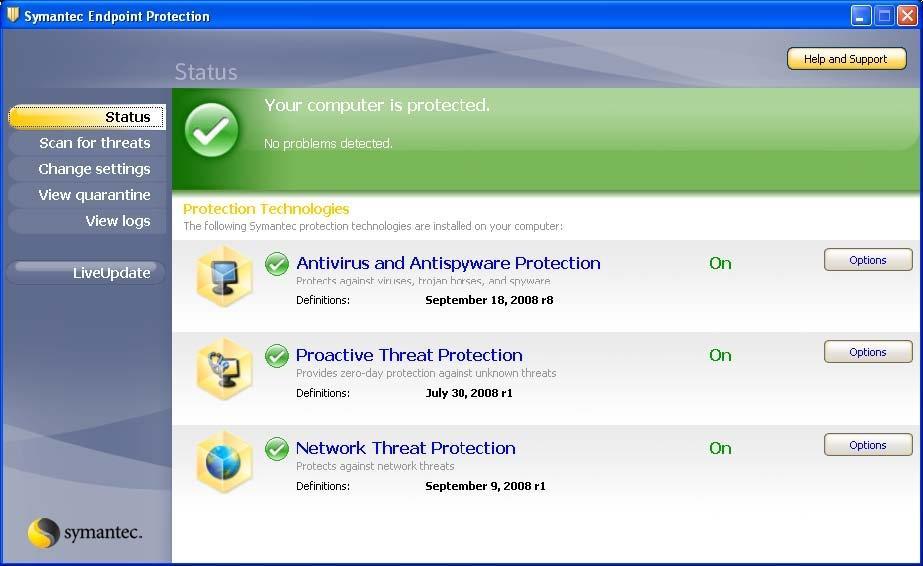



Keeping Tamper Protection On doesn’t mean that you cannot install third-party antivirus. Tamper Protection is enabled by default for Home users. If the Tamper Protection setting is On, you won’t be able to turn off the Windows Defender Antivirus service by using the DisableAntiSpyware group policy key.Once you’ve made this update, Tamper Protection will continue to protect your registry settings and will log attempts to modify them without returning errors. To help ensure that Tamper Protection doesn’t interfere with third-party security products or enterprise installation scripts that modify these settings, go to Windows Security and update security intelligence to version 1.287.60.0 or later.The feature also makes sure that nobody can change or modify the settings via Registry or Group Policy. Features like Real-time protection, cloud protection are essential to keep you safe from emerging threats. Tamper Protection feature in Windows Security makes sure to prevent malicious apps from changing relevant Windows Defender Antivirus settings. But if it is turned off by a third party software or a malware which sneaks in, then you can get into trouble. The onboard software is good enough to handle most of the security threats, including Ransomware. In simple English, it makes sure nobody can tamper with the Protection system aka Windows Security. What is Tamper Protection in Windows 11/10

While you can turn it off it, we highly recommend you keep it enabled at all times, for your protection. In this post, we will share how you can enable or disable Tamper Protection in Windows Security or Windows Defender via UI, Registry or InTune. Under Policies > AntiVirus and Antispyware > Edit the Policy > Select each of the following and configure the Notifications Tab in each and UNCHECK the check box.Windows Security Team has rolled out Tamper Protection for all Windows users.MANAGED CLIENTS To Turn off the Notifications


 0 kommentar(er)
0 kommentar(er)
